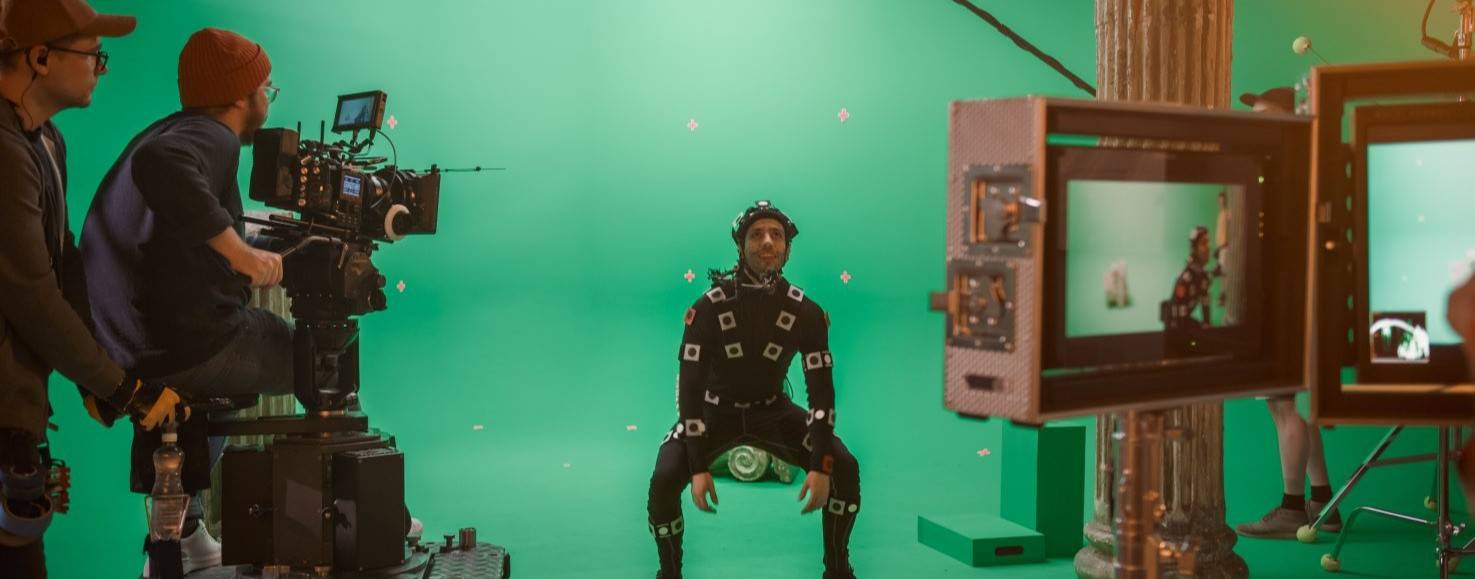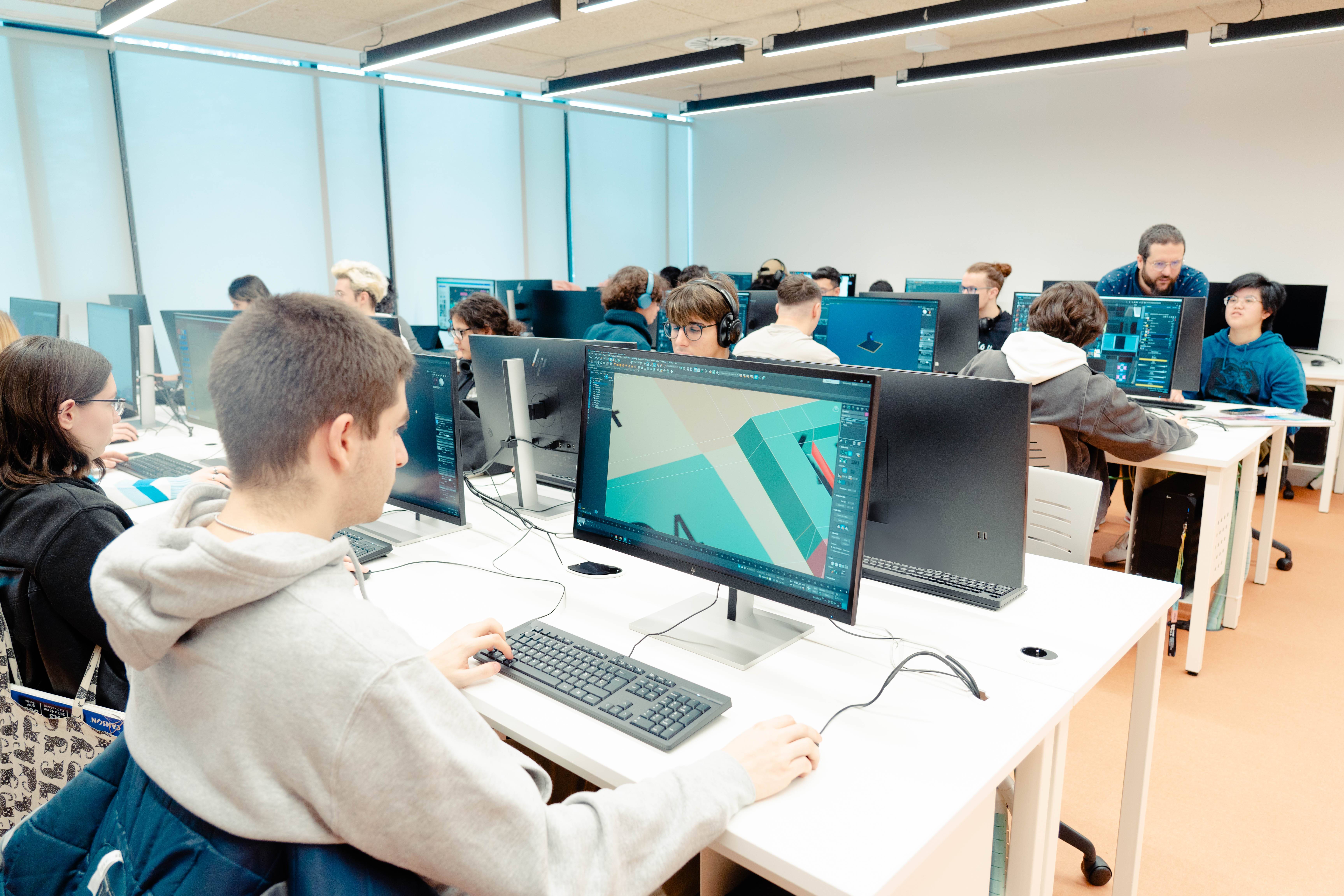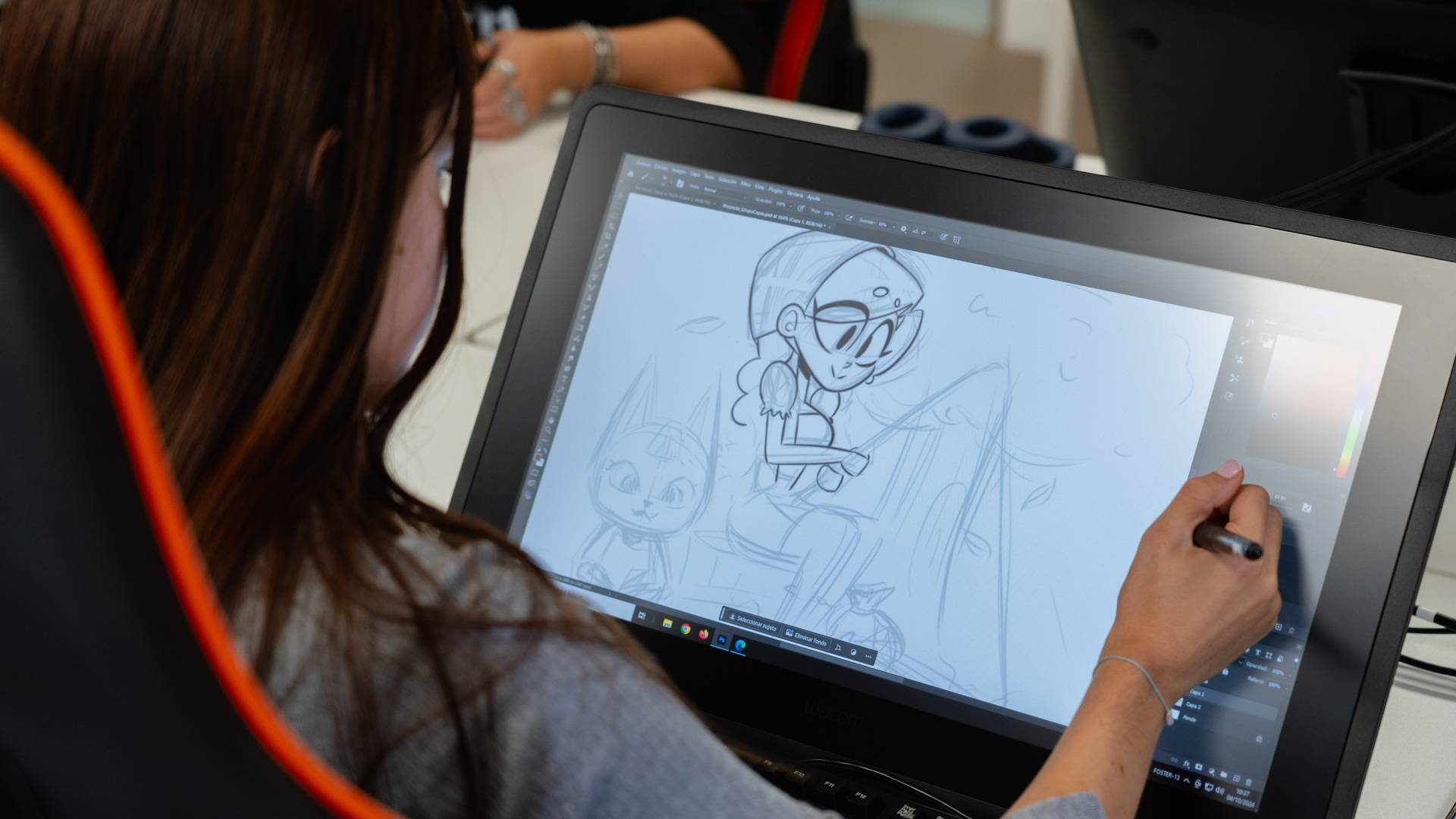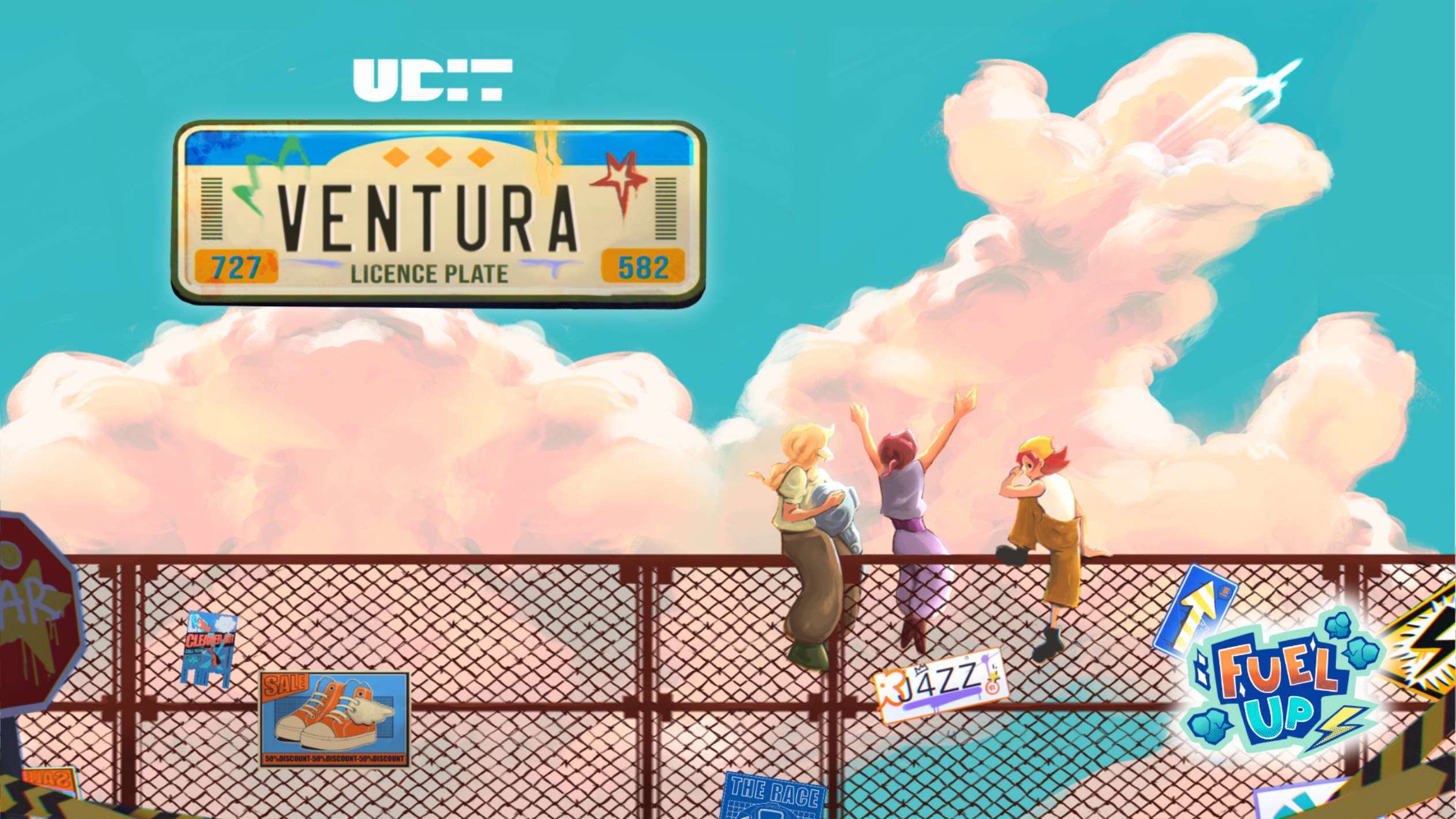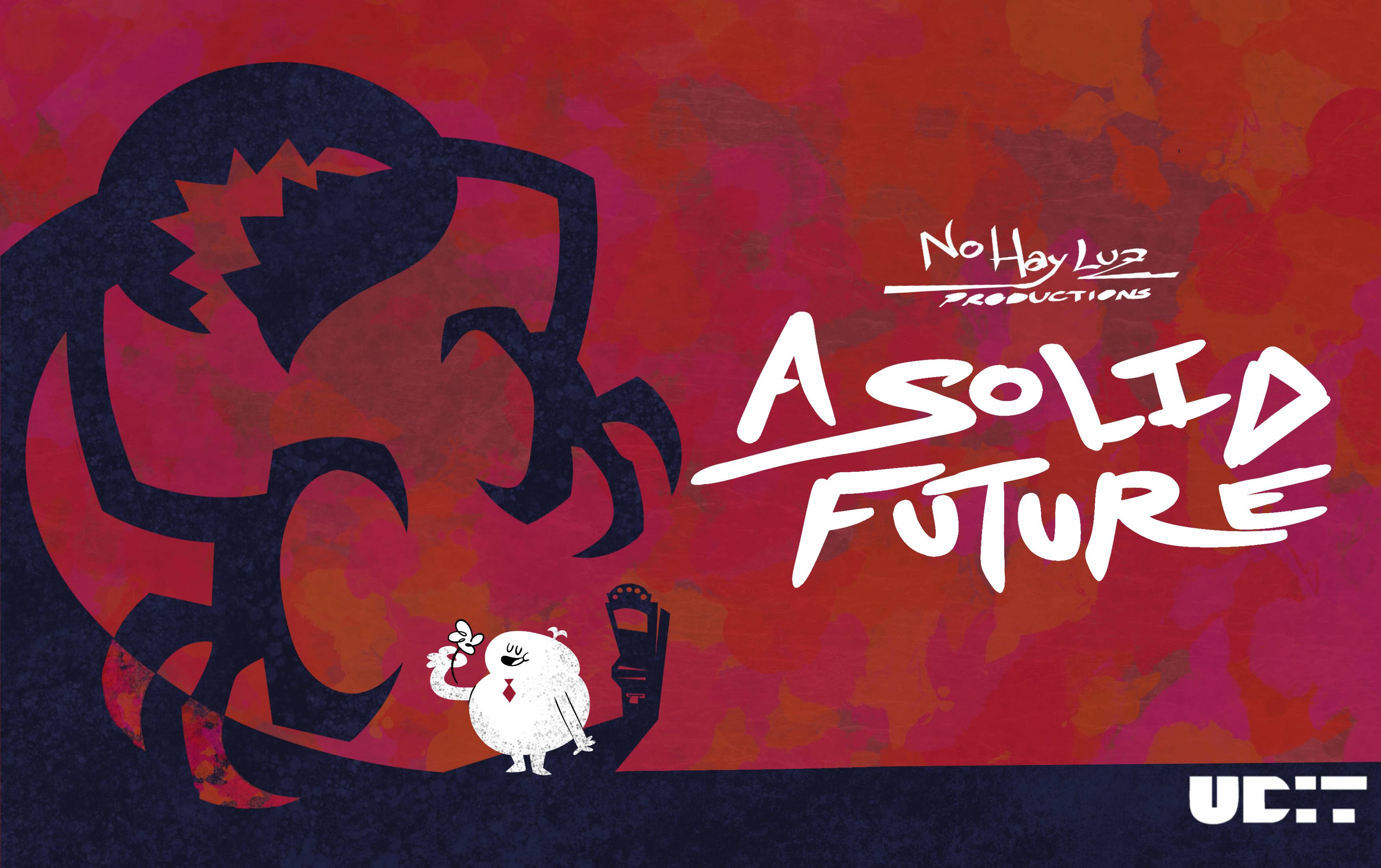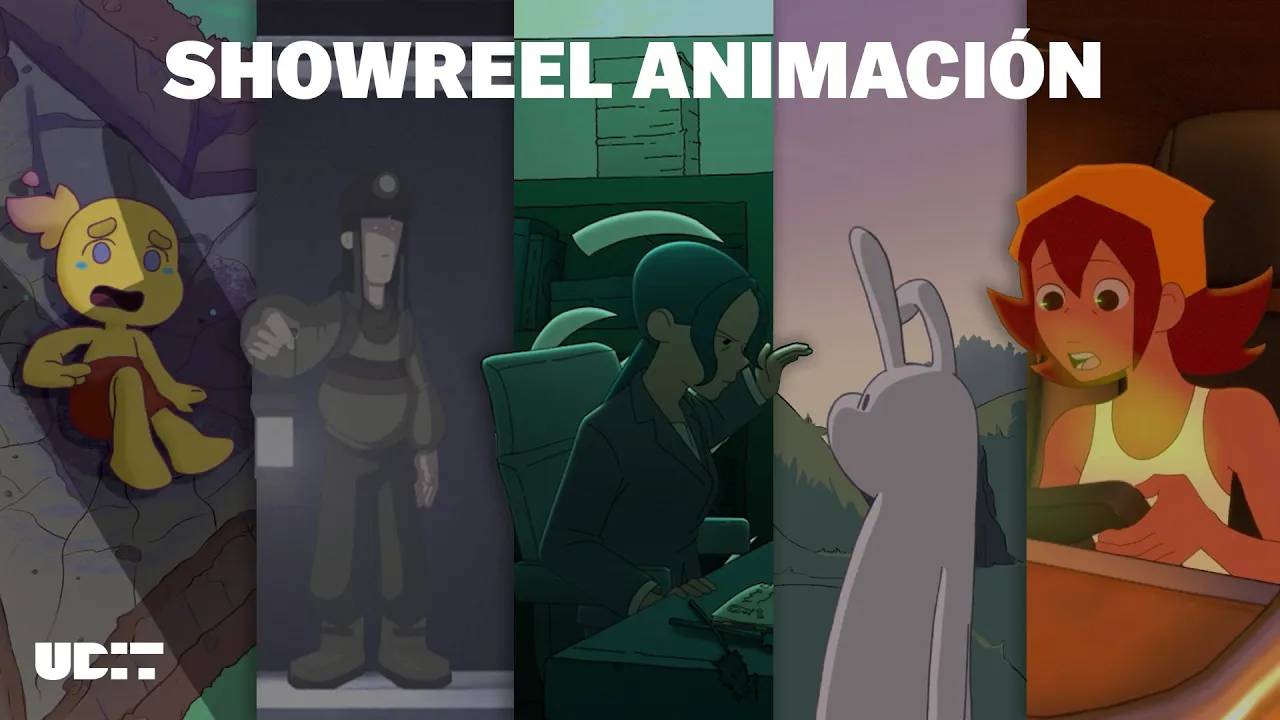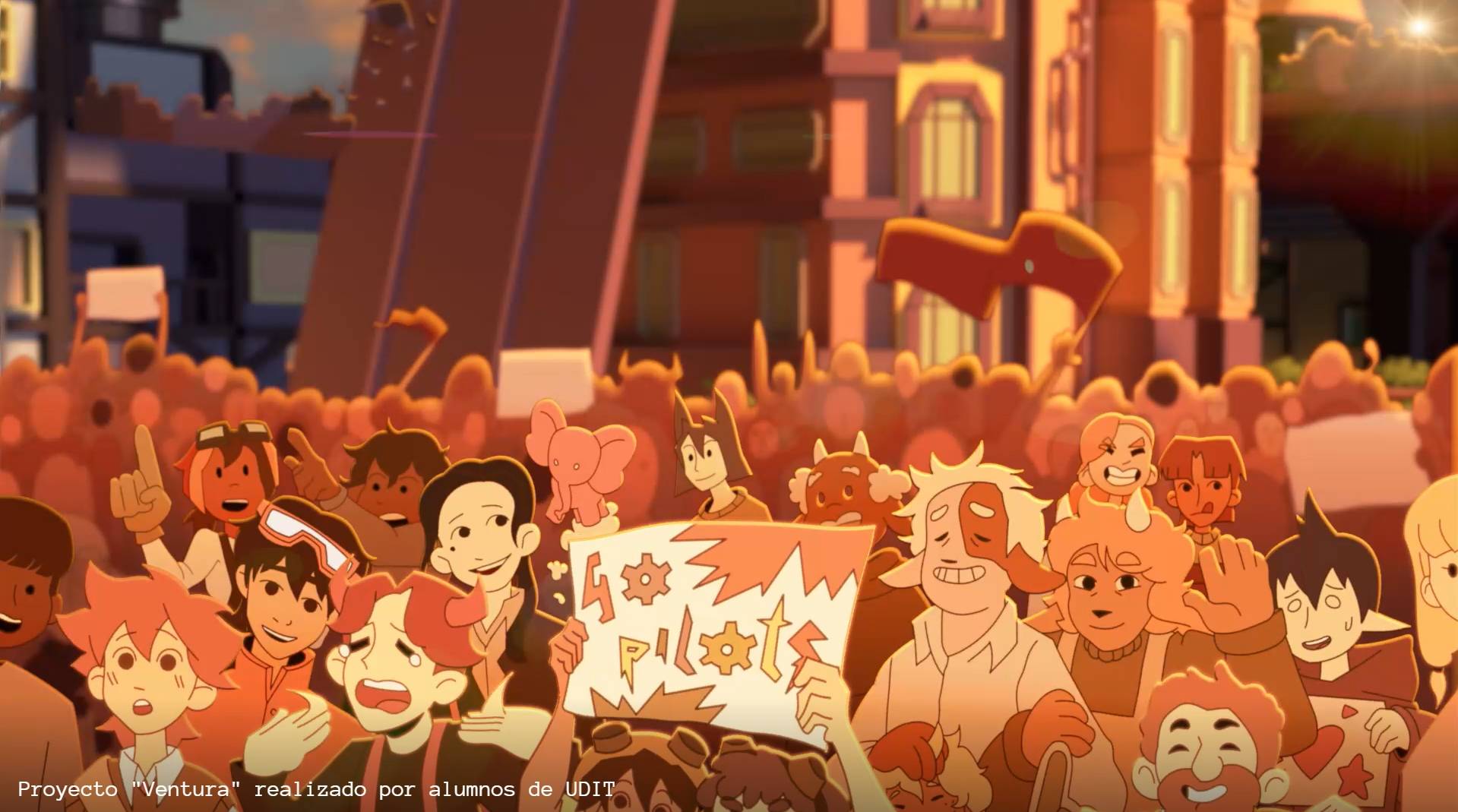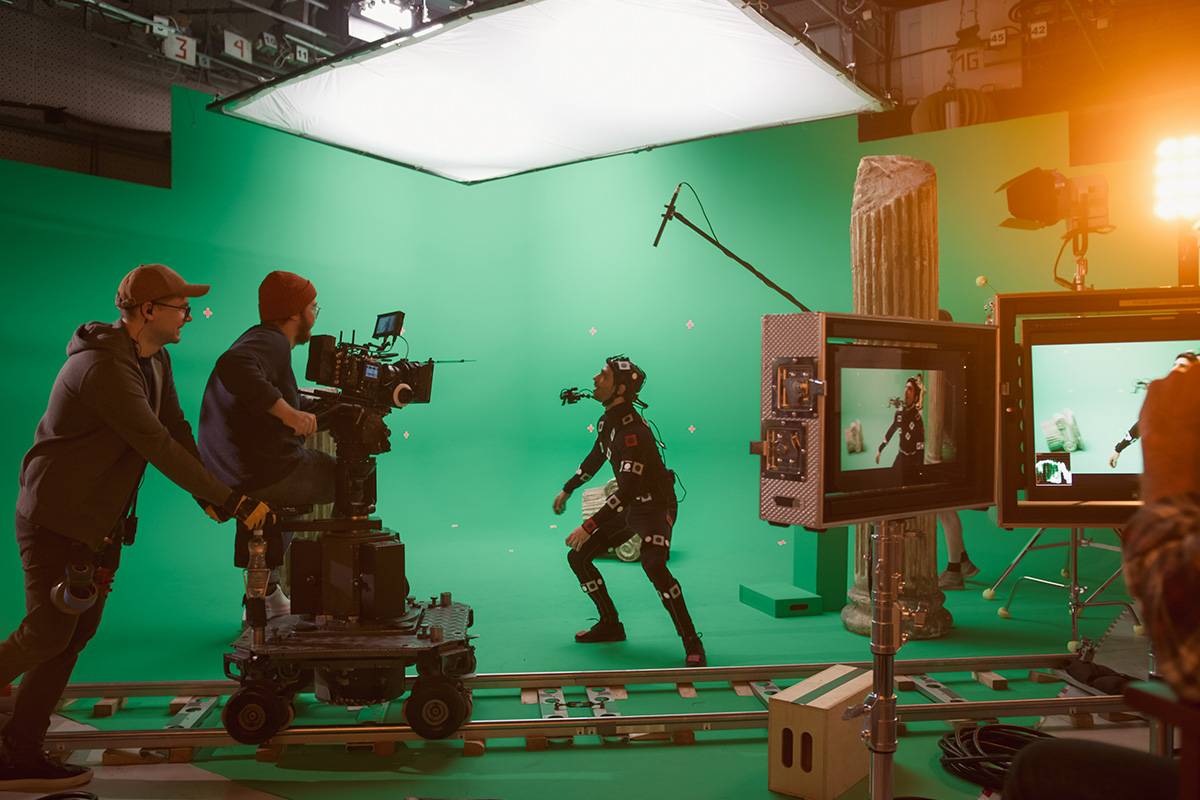What is CGI animation and how does it work?
More and more design and animation professionals want to work in film, television or video games, sectors that have one thing in common: mastering CGI animation is absolutely essential if you want to be noticed by big companies.
Sowhat is CGI and why has it become so important? This technique allows you to transform ideas into spectacular images on screen, taking creativity to new levels and opening the doors to a whole new universe of possibilities that we are going to show you.
What is CGI animation?
CGI animation is the process by which a professional creates animated images using specialised computer software. This method perfectly complements other forms of animation, such as hand-drawn or stop-motion.
Its greatest benefit is that it allows the creation of realistic and detailed visual effects, which is why CGI professionals are in such high demand in the advertising, film and entertainment industries!
How does CGI animation work?
The CGI animation process begins with the creation of 3D models of characters, objects or scenery.
To do this, animators use software such as Maya, Blender or 3ds Max, which allows them to build and manipulate these digital models and then add textures and begin to set up the movements using techniques such as rigging and skinning. This allows these models to move as realistically as possible, which makes them much more attractive than with other animation techniques.
Next, animators develop the animation frame by frame, adjusting the position and characteristics of the models in each frame, a process that can include the simulation of physical effects, such as the movement of water or the behaviour of light, to make the scenes even more convincing.
Finally, the images simply need to be rendered so that they can be transformed into a smooth video sequence.
CGI vs Animation: how do they differ?
CGI animation and traditional animation are different techniques, which means they have their own characteristics and applications, and you need to understand their main differences!
- CGI encompasses the creation of both still and moving images using computer-generated graphics, whereas animation specifically refers to the creation of moving images (animated images).
- 3D animation involves the digital creation of three-dimensional models created from scratch, while CGI can integrate real actors and physical objects with digital elements.
- CGI is more complex than animation, as it may include the addition of visual effects and movements.
- In addition, CGI may require studio set-ups and longer preparation, which means that more time is required to achieve the desired results.
Examples of CGI animation
CGI animation has been instrumental in the creation of many iconic works in film and video games, but you will understand its importance much better with some famous examples of CGI.
- The 1995 film Toy Story was the first feature film created entirely with CGI.
- The video game The Last of Us Part II, which will inspire the second season of Max's series, uses advanced CGI to create realistic characters and environments that increase the sense of immersion for players.
- An even more recent game, Cyberpunk 2077, offers an open world crammed with meticulous detail in what is an impressive example of the industry's use of CGI.
How to create a CGI animation
To create a CGI animation, especially in the beginning, you need to follow the right steps:
- The first thing, as in any other creative project, is to define the idea and the storyboard of the animation.
- Then you have to create the three-dimensional models of characters, objects and scenery using the appropriate software, add textures and colours to these models to make them more realistic and create virtual skeletons to allow them to move.
- Then it's time to create the movements frame by frame, adjusting the positions and characteristics in each frame.
- With this ready, it's time to add physical effects, such as liquid movement or lighting.
- Finally, we can't forget to render all the work to convert the animations into a sequence of images or final video with the highest possible quality and fluidity.
Whichever UDIT course you choose from among those related to the field of Animation, mastering CGI will open many doors in this industry. Learn to master a technique with a great future ahead of you!
MORE INFORMATION:
2D and 3D animation, what are they and what are their differences?

